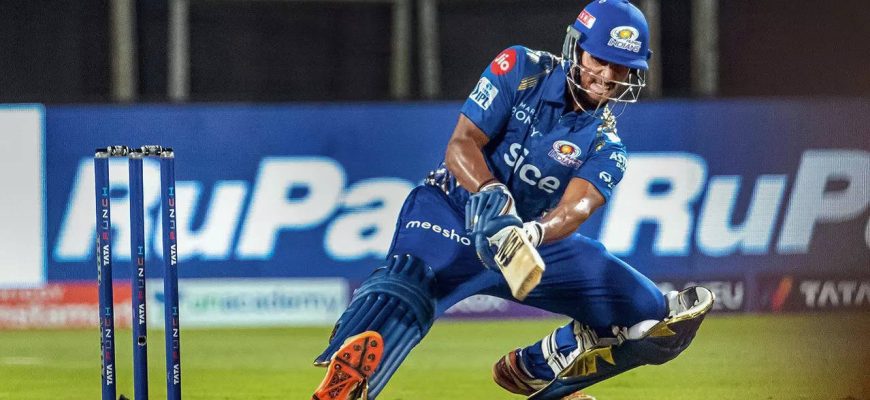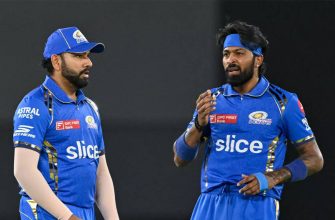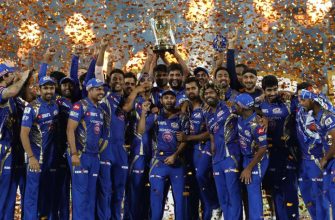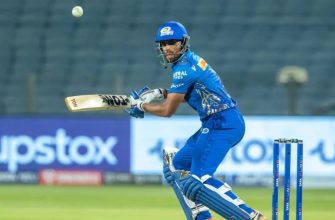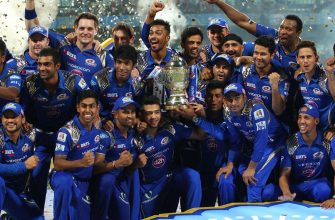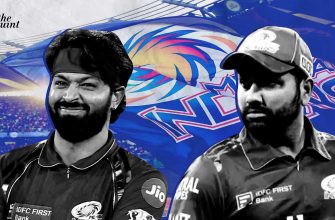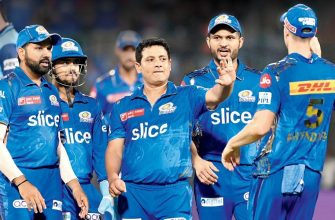Cricket is not just a recreational game in India; it is an emotion, a passion that alerts every Indian heart at its beat. A few years ago, the concept of cricket got revolutionized when the whole new format of T20 was introduced, leading to the inception of IPL (Indian Premier League). This league has become so significant for India and international cricket that missing even one match causes substantial losses.
This article will aim to explore the economics behind this much-celebrated tournament while providing a comprehensive financial analysis of one of its most successful franchises — Mumbai Indians. We will dive into understanding how this team became such a huge success and unravel its economic outlook amidst the glamor and glitz of IPL.
IPL: As a Profitable Sports Business Model
The IPL was conceived by Lalit Modi in 2007 as part of his vision to transform Indian cricket on domestic grounds, make it more globally appealing, and increase revenues for BCCI. The idea came up from similar leagues like EPL (English Premier League) or NBA (National Basketball Association).
- Ownership: Franchises were auctioned with each franchise’s ownership shared between celebrities, wealthy business tycoons, companies, etc. Each franchise had its brand personality with celebrity endorsed promotions contributing substantially towards branding and overall franchise popularity.
- Broadcasting Rights: Broadcasting rights provided another major chunk of revenue. Sony bagged the initial broadcasting rights whereas Star India won complete broadcast and digital rights from 2018 onwards for an astronomical figure adding to major earnings cup.
- Sponsorships: Sponsors play a pivotal role in generating revenue for both individual teams as well as the tournament itself. They get their return on investment through brand visibility, customer engagement and increased sales driven by league popularity.
- Title Sponsorship: A company that can manage to win the Title sponsorship of IPL is entitled to major exposure in terms of advertising spots during matches, providing a massive boost to brands’ recognition rate.
Economic Implications for Franchise Owners
The team owners have invested millions into buying teams primarily due to potential economic benefits expected from showcasing, branding & performance awards. The profitability equation becomes skewed when we consider the fact that the franchise takes only 20% profit from central revenue post tax deductions along with local revenues earned through ticketing, merchandising, etc.
- Auction Proceeds: In the auction system, each player’s price acts as an expense for franchisees and players are allotted a certain portion from their pegged amount per every match they play.
- Performance Awards: The rewarding schema in IPL aims at incentivizing good performances by giving away prizes like Most Valuable Player, Winning Team Prize Money (at various stages). Such substantial prize money forms a significant part of franchises’ income.
Mumbai Indians: Showcasing Powerhouse Economics and Financing Success
Mumbai Indians – owned by Reliance Industries – stands out season-after-season not just due to its outstanding track record but also because of its robust financials even though being one of the most expensive teams bought during the initial auctions .
Revenue Model:
- Sponsorships: Being five-time champions, Mumbai Indians attracted considerable amounts in sponsorships coupled with consistent viewership numbers. Several companies are willing to tie-up with them recognizing the team’s massive fandom all over India and abroad.
- Merchandising: MI sells its merchandise like jerseys, caps, accessories to fans which adds up to a significant portion of its revenue. These merchandise sales increase notably during IPL seasons particularly after victories in the matches.
Expenditure Model:
- Auctions: Mumbai Indians were always known for going big in auctions. They’ve had a tendency to retain their best-performing players by matching high bids while also engaging promising newcomers keeping player expenses on higher side.
- In-house Expenses: The other major expense heads are logistics (travel and stay), coaching staff salaries, groundwork, marketing etc., cutting a considerable slice from revenue pie.
Wrapping Up
Despite substantial costs involved, franchises like Mumbai Indians manage an impressive economic balance owing to relentless branding efforts, strategic sponsorships & viewers’ fanfare. The stellar performance profile eventually attracts more sponsors leading to considerable returns, consistently good performances keep spectators glued},
enhancing popularity metrics and tipping scales towards profitability. It will be interesting as always to follow future course that economics of IPL takes, especially with increasing digitization and audience interest adding new dimensions & opportunities to this arena.

